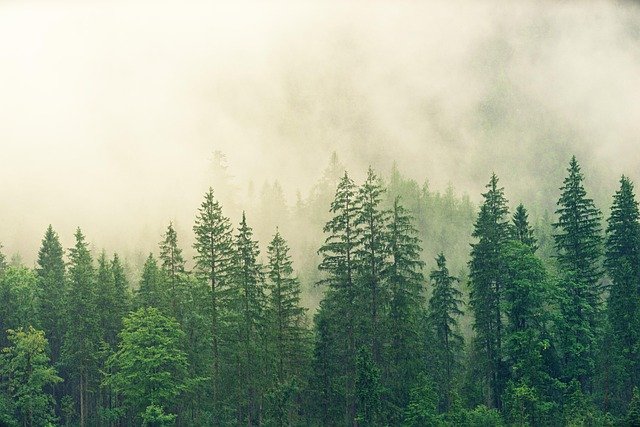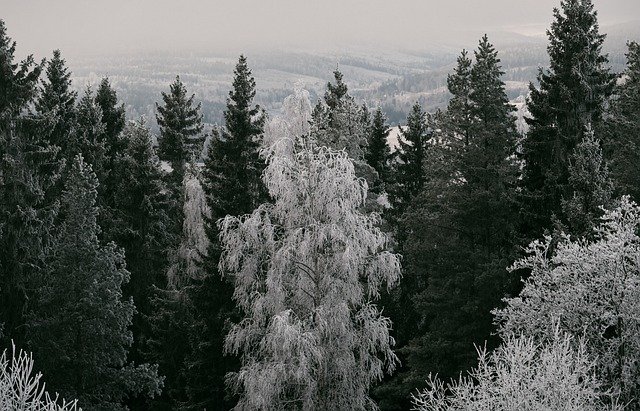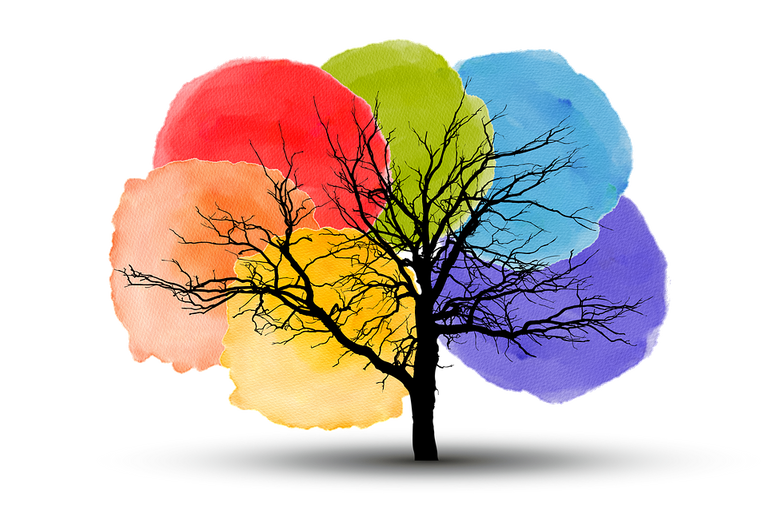**Title: "The Evolution of Storytelling in Video Games

The Secret Lives of Urban Wildlife
Urban areas are often thought of as concrete jungles, bustling with human activity and dominated by buildings, roads, and infrastructure. However, beneath the surface of our cities lies a vibrant world of wildlife that has adapted to thrive in these environments. From raccoons rummaging through trash cans to hawks nesting on skyscrapers, urban wildlife is more prevalent than many realize. In this post, we'll explore the fascinating lives of these creatures and the challenges they face in our ever-evolving cities.
The Unexpected Residents of Our Cities
1. Raccoons: The Nighttime Bandits
Raccoons are perhaps one of the most recognizable urban wildlife species. Known for their dexterous paws and masked faces, these nocturnal mammals have become experts at navigating human habitats. They often scavenge for food in garbage cans and dumpsters, showcasing their intelligence and adaptability.
2. Pigeons: The Sky Dwellers
Pigeons, often referred to as "rock doves," have made a remarkable comeback in urban settings. These birds thrive on the crumbs and leftovers of city life, and their ability to breed quickly allows their populations to flourish. Pigeons are not only resilient but also possess impressive navigational skills, often returning to their nests from long distances.
3. Coyotes: Urban Predators
Coyotes have increasingly moved into cities, finding ample food sources and less competition. These adaptable animals can often be spotted in parks or even residential neighborhoods, where they hunt small mammals. As they become more familiar with urban environments, coyotes are changing the perception of wildlife in cities.
4. Squirrels: The Acrobats of the City
Squirrels are ubiquitous in urban parks and gardens. Their playful antics and agility make them a favorite among city dwellers. These small mammals are adept at finding food in the form of birdseed, nuts, and even discarded snacks, showcasing their resourcefulness.
The Challenges of Urban Living
While urban wildlife has adapted to city life, they face numerous challenges:
- Habitat Loss: As cities expand, natural habitats are often destroyed, leaving wildlife with fewer places to live and hunt.
- Pollution: Urban environments can be harsh, with pollution affecting air and water quality, which in turn impacts wildlife health.
- Human-Wildlife Conflict: Encounters between humans and wildlife can lead to conflicts, often resulting in harm to the animals or negative perceptions among residents.
How We Can Coexist
Creating a harmonious relationship between urban wildlife and city dwellers is essential. Here are some ways to promote coexistence:
- Wildlife-Friendly Spaces: Incorporating green spaces, parks, and gardens can provide essential habitats for urban wildlife.
- Education and Awareness: Educating the public about the importance of urban wildlife can foster appreciation and understanding.
- Responsible Waste Management: Properly securing trash and compost can reduce food sources for scavengers, minimizing human-wildlife conflicts.
Conclusion
The secret lives of urban wildlife remind us that nature is resilient and adaptable, even in the most unexpected places. By recognizing and respecting these creatures, we can create a more balanced coexistence in our cities. Next time you see a raccoon or hear a coyote howl, take a moment to appreciate the wild side of urban life!
Feel free to share your thoughts or experiences with urban wildlife in the comments below!

All images are taken from the Pixabay.com